#Wetoo: What dancers talk about when they talk about sexism
Door Ilse Ghekiere, op Thu Nov 09 2017 23:00:00 GMT+0000Sexism goes deeper than sexual intimidation. Take the dance world. From recurring Lolita-fantasies on stage to auditioning naked and backstage power abuse; female dancers talk about the repercussions of a professional reality that celebrates unclear borders. ‘The only difference from sex workers is that we hide behind the name of art.’
Lees hier de Nederlandse vertaling
‘During an improvised moment on stage, one of the male actors suddenly kissed me. I understand that one should follow impulses, but this option was never discussed during rehearsals. I was still an intern, and I didn’t want to bring it up, because I already had gotten into trouble for questioning the female roles as being too small. The more we performed, the more the borders got pushed….then a breast was touched, then a bum,… the most annoying thing is that it makes you not busy with performing, but busy with how you can avoid, in front of an entire audience, this kind of harassment.’
Last May I received a grant from the Flemish government to research sexism in the Belgian dance scene. I am a dancer myself, and as part of my ongoing research I began interviewing female colleagues who have worked in Belgium for a substantial amount of time. I started each interview by asking the open question: do you sometimes feel treated differently because you’re a female dancer?
Why the hell has this conversation been silenced for such a long time?
Starting with this open question, I hoped to create a safe space where we could talk about our careers from a gendered perspective, without feeling judged for the things we might have experienced as unfair or discriminatory. These conversations reveal a wide range of issues, from subtle feelings of disrespect, to clear examples of deeply rooted patterns of manipulative and abusive practices. We have talked about space, education, opportunity, representation, expectations, privacy, power dynamics, motherhood and sexual intimidation. And we ask ourselves: why the hell has this conversation been silenced for such a long time?
‘When I started thinking about this interview, and my work as a dancer and inequality…it felt like worms coming out, like opening a Pandora’s box that won’t close again. The prospect was extremely unnerving, because speaking up might make me feel extremely negative about this industry that I work in.’
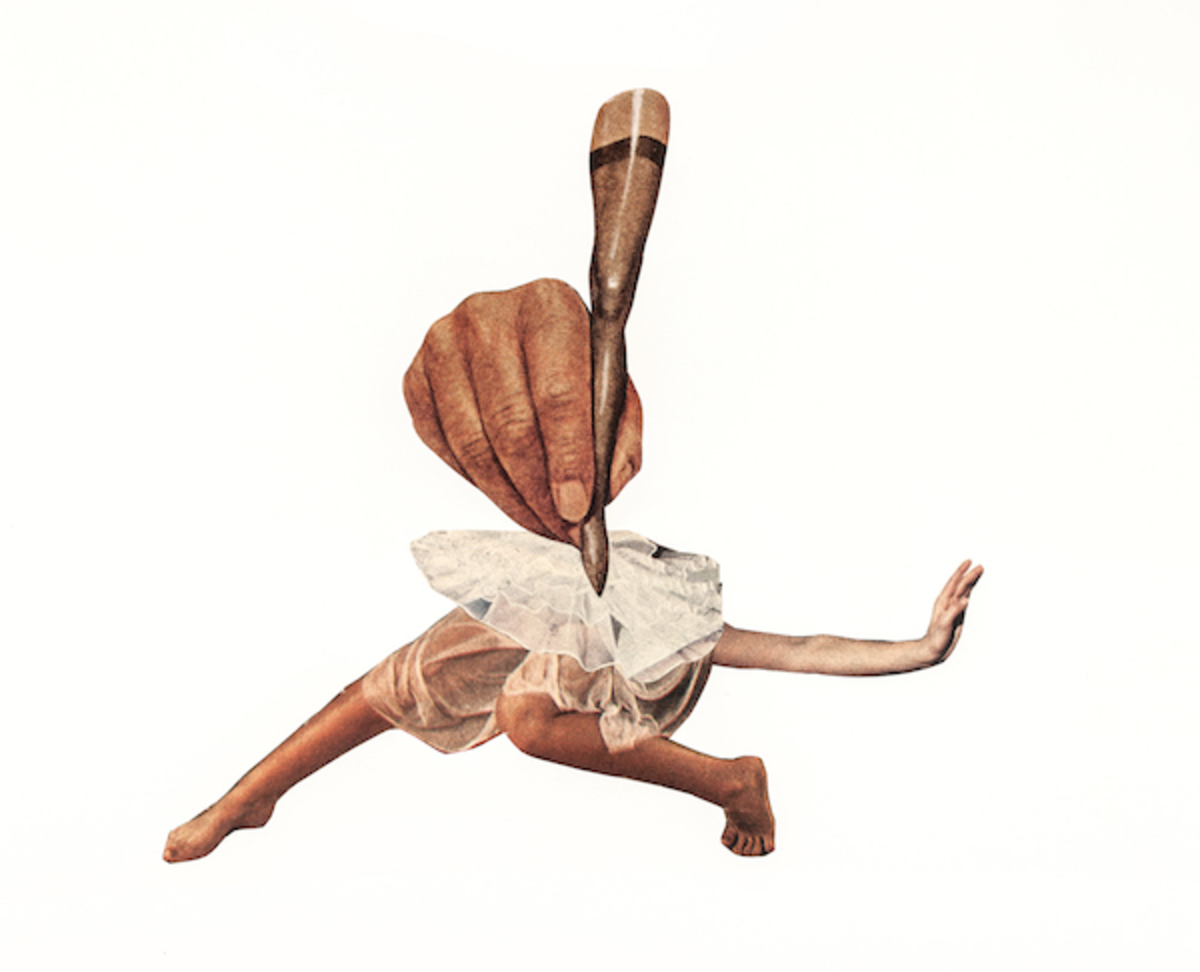
A lot of attention has been given to sexual harassment recently; both in Belgium and abroad, in various professional fields; including sports, politics and entertainment.
When women all over the world on social media platforms used #metoo to recount personal experiences of sexism and sexual harassment, it gave an extra boost to this conversation. The massive, global response highlighted just how deeply sexist and misogynist attitudes are woven into the fabric of society. Politicians in Belgium took notice, and are now working to include the field of performing arts in legislation to protect against sexual intimidation in the workplace. Although new regulations are a step in the right direction, they are often symbolic gestures; plasters that cover up a situation instead of solving it at the heart.
Unequal gender opportunities start at the very beginning of dance education.
‘A man has it easier in the dance market. It’s real and you have to be loud about it. Just to give some examples: there is a myth that male dancers can start dance education later because they are physically more capable and faster in making progress. Women on the other hand, are expected and encouraged to start as young as possible. Also, it’s still thought that men are the choreographers and women are the dancers. A female choreographer might be mistaken to be “just the dancer,” while the male technician is addressed as the choreographer. And the story of the female muse and the male genius: it is unfortunately still alive. Women are not seen as authors, but as sources of inspiration to be used or exploited. All this brings us to the main questions: who is given permission to participate? Who gets the opportunities? Who takes up the roles of leadership and power? And why the hell do so many artistic interactions rely on that power?’
Unequal gender opportunities start at the very beginning of dance education. On the most basic levels, male dancers have an easier time because there are fewer of them. They face less competition, get more space, and more easily and quickly achieve positions of power. This may sound like a simple matter of supply and demand, but the reality is nowhere near as plain as that. In an industry traditionally seen as ‘female’, it is remarkable to notice that – as a couple of dancers I spoke to put it – if you want to hold a position of power, or simply make your own work, you either have to be a man – or be a woman with a ‘strong masculine personality’.
‘There is a culture that fetishizes our dancing bodies…it might start changing, but that is at least how my generation trained to become dancers: by looking in the mirror every day. It’s a very specific way to grow up, especially as a young woman. And yes, it can result in very unhealthy habits such as obsessive training, eating disorders, a need to control and discipline the body, wanting to be a desired body, etc…’
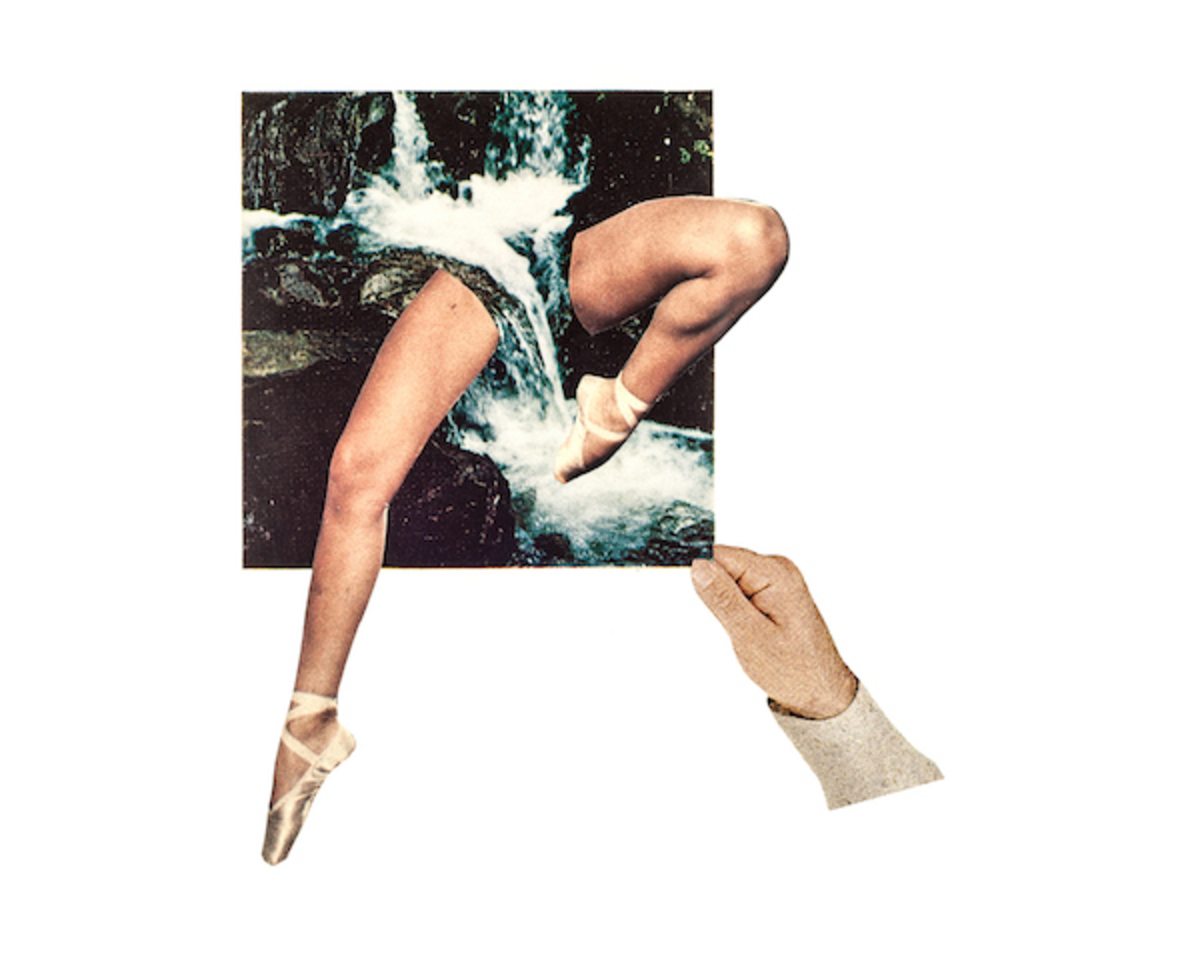
Being a dancer is not a ‘normal’ job. Our profession is directly linked to our body ¬– a sphere that in most professions is usually considered private. This blurring of the private and the professional is a confusing, problematic and crucial point of tension in our field. Dancers and performers literally put their bodies in service of their art, very often in accordance to the wishes of external artistic authorship.
It is expected that the professional dancer be willing to push, challenge and often transgress their physical, emotional and psychological boundaries. These expectations can easily put performing artists in an extraordinarily vulnerable position. If you’re working with a director or choreographer who refuses to recognize this hierarchy, or worse, if you work with someone who enjoys using/abusing their position of power, it is all too easy to end up in disrespectful, messy and sometimes abusive situations.
The sick thing was that the choreographer wanted me to do the sound check without clothes on.
‘There is still another thing I want to tell you. Something that was very uncomfortable. In one show, I had to sing a song with only panties on. Before every show the microphone needed to be sound-checked. The sick thing was that the choreographer wanted me to do the sound check without clothes on. It was so uncomfortable to stand there with the working lights on while the technicians of the theatre were setting up. There was no real reason for doing it this way. I would try to start the sound check with clothes on, but he would say: no, take your clothes off. It felt so, what should I say…abusive.’
The most consistent experience that performers mention is the uncomfortable feeling of being sexually objectified on stage. As a young woman, this often means performing the naked or semi-naked role of the ‘naïve’ or ‘sexy’ girl, or perhaps the hysterical young woman, or other stereotype.
A constant theme of these experiences is that the women involved would never allow themselves to voice any discomfort for fear of being seen as unprofessional, a ‘prude’, or not being fit for the job. I was surprised to hear that I am far from the only dancer to have been mansplained to older men about how I should ‘embrace the power of my female sexuality’ and free myself of ‘sexual fears’.
Fantasist images of sexualized young women are rarely questioned in our artistic context.
Being labeled ‘prude’ can be interpreted by an inexperienced dancer as a challenge to prove herself. A young dancer might be more susceptible to this challenge than an older dancer. To outsiders, such power dynamics might seem obvious, but for the young and inexperienced, it is all too easy to become blinded by the willpower, ambition or charisma of men who sit above you in the artistic hierarchy – and often aren’t afraid to let you know it.
Fantasist images of sexualized young women are rarely questioned in our artistic context. This stereotype is a major subject of dance history and is still a popular theme in the Belgian Contemporary Dance wave. Despite the obvious problematic of sexual exploitation, at the time of writing, the websites for Needcompany, Troubleyn and Ultima Vez each contain images of young women in varying states of undress. To question this Lolita-tradition as a dancer is to consciously reduce your opportunities on the dance market.
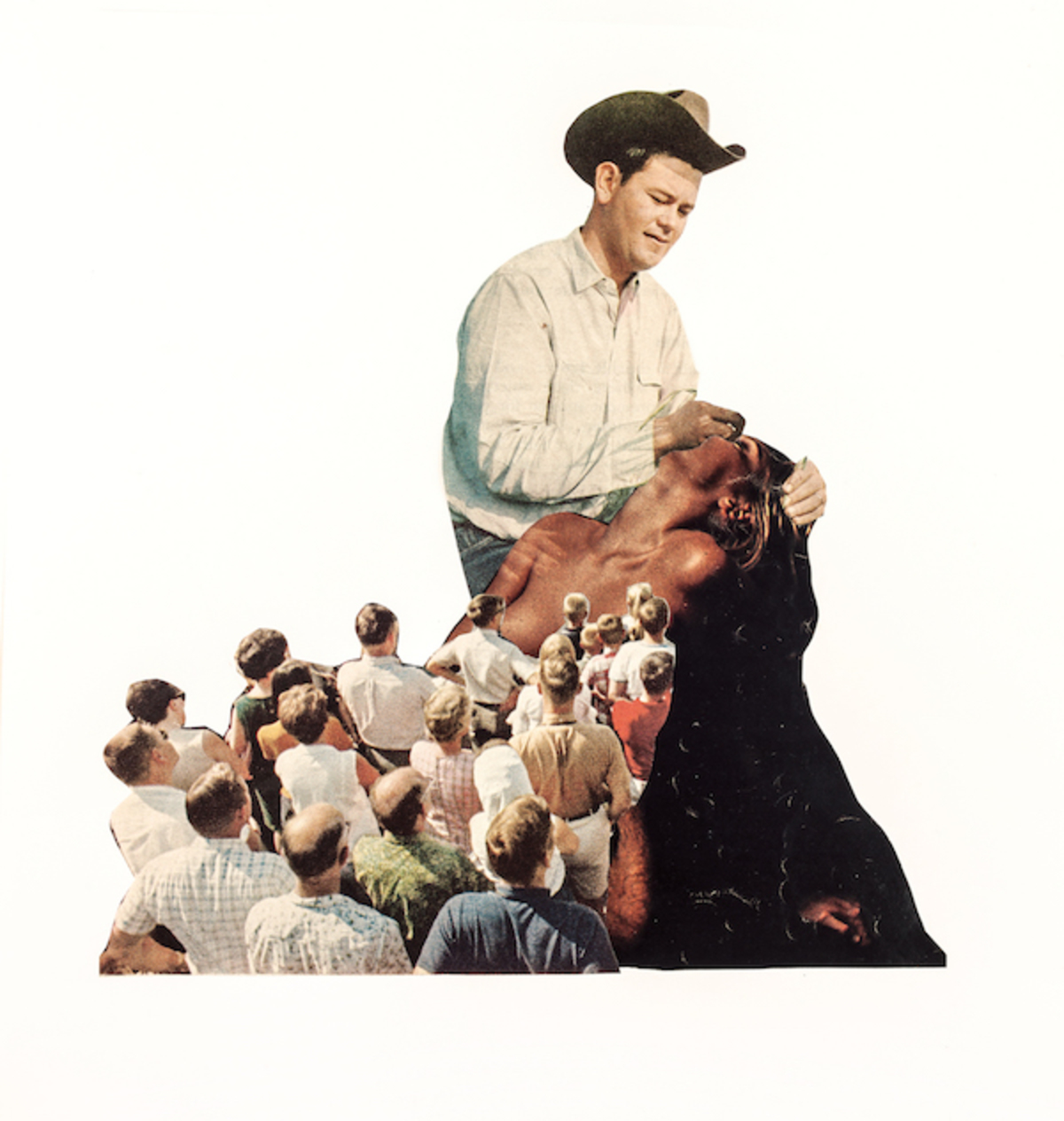
Another often mentioned topic is nudity. It is common knowledge that if you audition for certain choreographers, you will eventually have to take off your clothes or do something ‘sexually provocative’. Some dancers describe it as a meat market, while others stress that so-called transgression seems to be part of the job description.
None of the dancers I spoke to outright object to nudity on stage. But when the use of nudity in rehearsal or performance seems gratuitous, these dancers question if their naked bodies are being used to boost tickets sales and attract larger audiences or to indulge their choreographer’s sexual fantasies.
One dancer told of a naked bondage scene. People from the theatre, including the theatre director himself, would come down every night to see the dancers getting ready with the ropes. It reminded me of the portly gentlemen in Edgar Degas' paintings: the huddled group of obscure figures always and forever watching the young girls (who were often also prostitutes) in their dance classes, in the dressing rooms, in the wings, from the stalls. One dancer described it as a form of voyeurism that made her respect and sympathize with sex workers: ‘There are moments where you think, the only difference between me and them is that I can hide behind the name of art.’
The recurring image of the older man taking advantage of a younger woman, never his equal, is impossible to ignore.
But sexism on and around the stage goes much further than simple objectification. Sexism is also about having to deal with unwanted sexual approaches and/or declarations of love from men in positions of power. There are plenty of stories about choreographers being attracted to dancers where the attraction is not reciprocal. Some female dancers told me about how they felt punished for not showing mutual interest. They are either suddenly ignored or have to deal with manipulative and disrespectful behavior. Sometimes it even means that a woman is pushed out of the company. This courting and hunting mentality is also reflected in a story that a male artist spoke about, regarding a curator he had worked with. The artist had informed the curator that he would work with a particular female dancer. The response of the curator was: ‘you can work with her, but only if you fuck her.’
For me, the most disturbing stories are the ones about the dancer who, even years after the event, feels somehow ashamed or responsible for what happened to her. One dancer told me that shortly after she graduated, she received an invitation from a successful artist to go to Paris to study an exhibition. The proposal sounded professional, and all the costs would be covered. When she arrived at the hotel, there was only one bed. As she tells me how confusing and disappointing that was, I don’t dare to ask the question. Then she cuts in: ‘No, I didn’t sleep with him, but he did touch my hair at night. I pretended to be asleep while he did his thing. I thought that lying there motionless was the best I could do. After that experience, for a long time, I felt so stupid and worthless.’
A law in a textbook alone is not going to change these sexist structures.
Other post-graduation stories involve being poorly (and often unofficially) paid for unusual artistic work offered by much older male artists. Sometimes the job is to pose naked in front of a camera, or it involves some kind of artistic experiment that crosses boundaries, or the artistic request points towards a vaguely defined pornographic interest. Often these jobs come with fancy dinners, presents, suggestive messages, alcohol, or drugs. Even if a particular setup sounds immediately alarming, the reasoning of the young performer is: ‘it’s money, it’s work, maybe this is that opportunity I’ve been waiting for?’ The dancers trust that they will somehow maintain control over the situation, and that it won’t get out of hand.
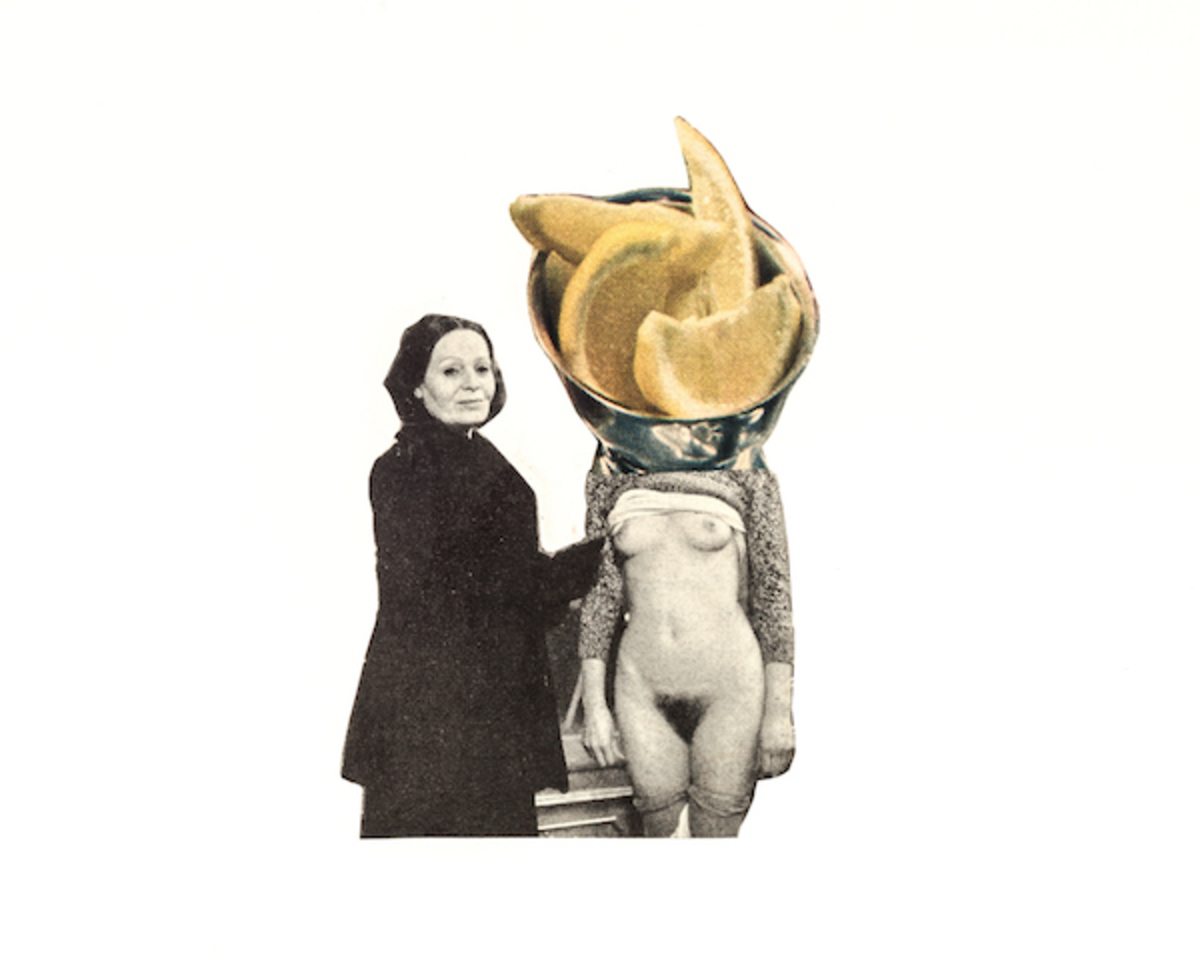
When I ask if dancers regret these experiences, I sense a reluctance to say that they did anything against their will. Understandably, there is a resistance to be defined as a victim, but there is always a moment of silence, a meaningful hesitation, a sense of shame. One dancer said: ‘I just cannot afford to think of myself as a victim, though in retrospect, I cannot deny that I was used.’
Everyone is well aware that it is not against the law to seduce people, but what is remarkable with these stories is just how repetitive they are. The recurring image of the older man taking advantage of a younger woman, never his equal, is impossible to ignore.
Young women end up in these situations because they lack confidence. They have been raised to be obedient, both as women and as dancers and most importantly because their environments never encouraged them to say no. This is a ‘mood', an ‘atmosphere’, a set of unwritten rules that is deliberately propagated, whether by active or tacit participation. A law in a textbook alone is not going to change these sexist structures.
It’s an entire field that needs to wake up and change.
While listening to these women’s stories, I wonder if some people simply shouldn’t become educators. Art schools should provide a safe space where students can experiment and figure out what kind of artist they want to become. Any complaint concerning intimidation, harassment or manipulation should be taken seriously and have repercussions. Schools should not think of themselves simply as ‘reflections’ of the professional field, but as crucial places of change that could potentially shape the future of the field at large. Education should encourage and advocate equality and diversity at every level. From the evidence I have been seeing, it is currently failing to do so far too often.
When starting to write this piece – and throughout the research that I am still very much only beginning – I face a choice: to name, or not to name. Should I expose specific choreographers, directors, artists and institutes?
To be honest, I wouldn’t know where to start. It is not just a couple of choreographers whose work and methods are deeply abusive and misogynistic. It’s an entire field that needs to wake up and change. One alarming aspect of the Harvey Weinstein case is not just Weinstein himself, but the ‘network of enablers’ and ‘culture of secrecy’ that allowed him to get away with his actions for so long. A lot of people covered things up, excused awful actions or were willing to go along with it as long as Weinstein was making them money. I think the same thing could be said of certain well-funded ‘rockstar’ choreographers in the Belgian scene.
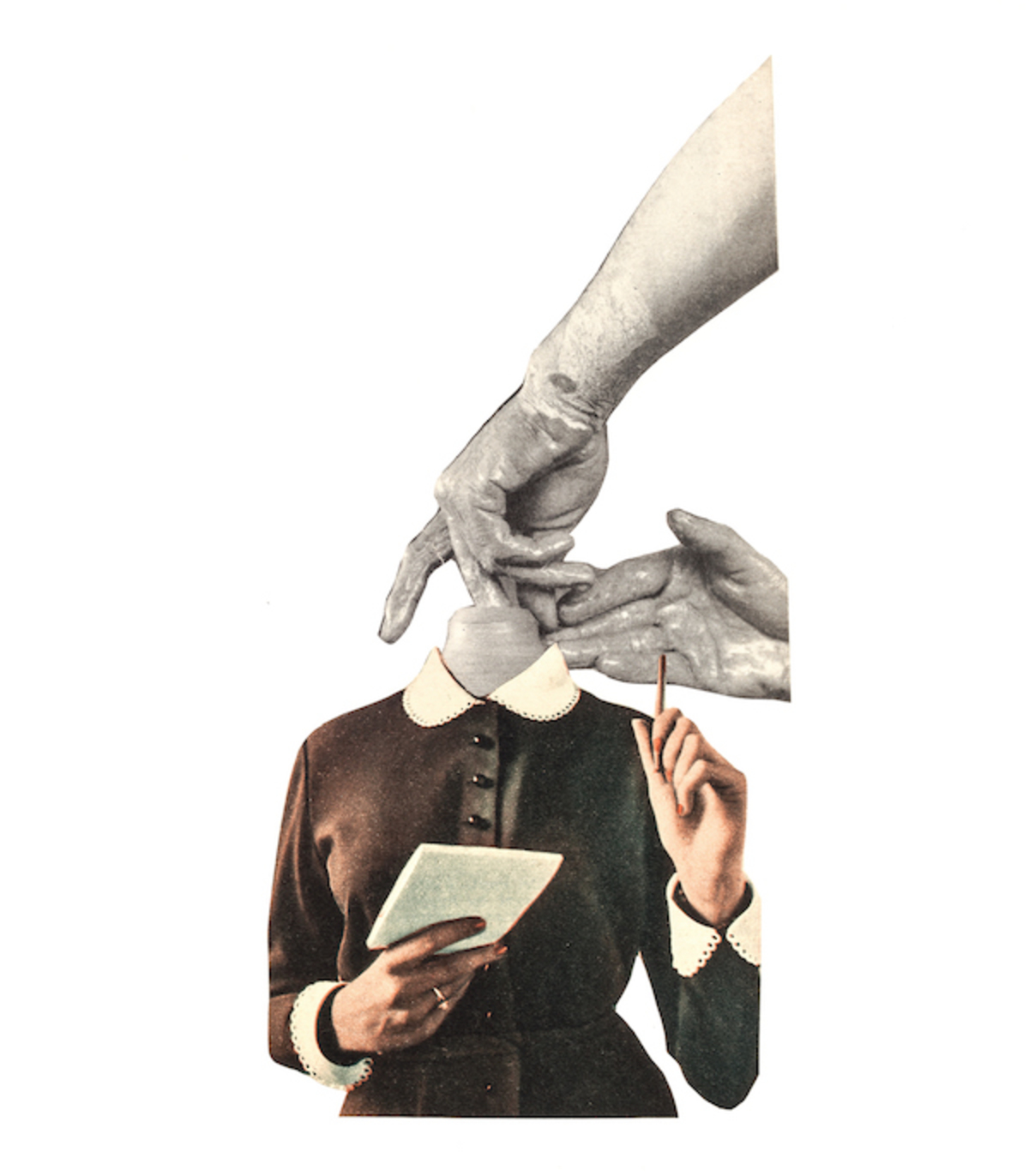
So, where to start? Here are five proposals for things we can do right now:
-
In the famous words of the civil rights activist and feminist Flo Kennedy: Don’t agonize, organize. Surely, we should all work towards making inequality visible by respecting quota, but we also need to learn how to value issues that do not easily translate into numbers. In order to understand inequality, we need to value personal experiences concerning discrimination. Or as Sara Ahmed writes: ‘The personal is structural. (…) We need structure to give evidence of [sexist/racist] structure.’ We do this by relating statistics to the personal and by structuring individual stories. We need to catalogue as many of these stories as we can. To anyone who wants to contribute to this research – please contact me at whentheytalkaboutsexism@gmail.com
-
We need to instrumentalise our unions and we need to know our rights. Too often we forget that unions are there to give more than support to the unemployed. Unions can legitimize arguments that cannot otherwise be heard. Not to say that unions are innocent of discrimination per definition, but they are a good place to begin. By communicating our needs as individuals in a field, we can help unions to develop sector-specific tools, such as guidelines and gender checklists. Unions can become important mediators between institutes and employees. Investing in our unions, to ensure that they function well for their members, would pave the road for long-term, successful equality.
As an audience, we should no longer applaud sexism.
-
Inform and evaluate. I advise that everyone inform themselves on issues of gender, power and consent. As obvious as it sounds: start with yourself. If you are involved with an institution, you can use this moment of heightened exposure to engage in structural re-evaluation. You could also make sure that people who work for your institution know what to do when faced with discrimination, and that if they choose to speak up, their voices will be heard.
-
Zero-tolerance. Sexism and any other form of violence or discrimination should not be tolerated under any circumstance. Discrimination should be called out and named. For example, as dancers, we should no longer audition or work for abusive artists. If you run a theatre, you could stop programming sexist work. As an audience, we should no longer applaud sexism. Lastly, awareness of gender and diversity should be a condition for receiving subsidies and making art with public money. If our governments would dare to no longer support sexist work, this would not only mean a necessary commitment to society, it would also change the flow of money.
-
Support the younger generation. Do this by breaking the perpetual cycle of violence. As a community, we should stand up against a culture that bullies, in particular, the young. In the case of sexism, this might mean protecting and supporting young women at the beginning of their careers. I send this message out especially to the older generation of female performers, as a way of reminding ourselves that experiencing sexism or abuse is not a necessary step towards growing stronger as an artist. We need to kill that myth collectively, once and for all.
Finally, to the perpetrators and misogynists of our dance scene, the shame is on you. It’s time to make amends by giving space to a new generation of artists who don’t view abuse as an engine for creation. Also, seek professional help. Your brand of masculinity is toxic and no longer acceptable in an art discipline we care for and love.